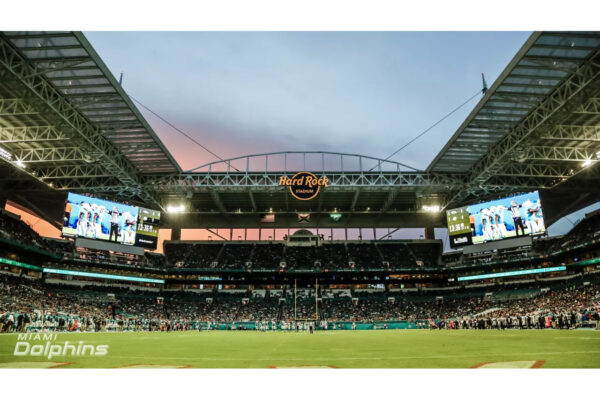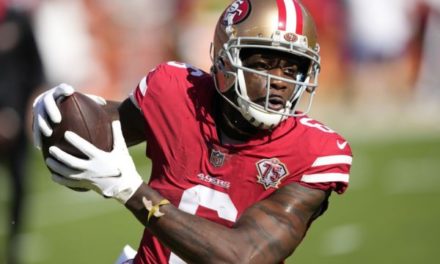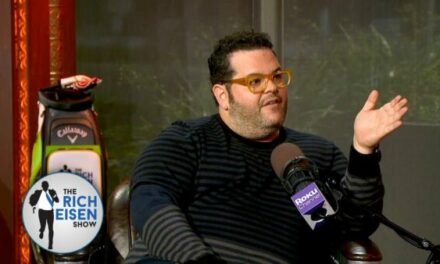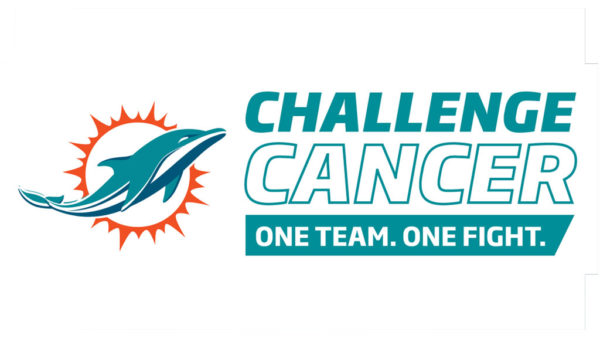Sports trainers and coaches are always looking for ways to make their teams better and improve performance. From strict dietary requirements to a restricted way of living, modern sport is all about maximizing efficiency and minimizing injury.
Coaches today also take advantage of technology to help their teams get better. For instance, some of them use the blazepod reaction training lights to improve their players’ reaction time and enhance overall team performance. Others use cryotherapy — spending time in a chamber at subzero temperature to reduce pain, inflammation, and aid muscle recovery after games. A slight improvement in a parameter can be the difference between winning and losing a game or even a competition.
What Is Reaction Light Training?
Reaction light training is the use of automatic lights to improve reaction times. To fully understand this idea, you must know why we need to have better reaction time. Your reaction time is the amount of time it takes you to react to an external stimulus. The shorter your reaction time, the quicker you can react to situations. A quicker reaction time gives you a competitive advantage in games.
A good reaction time is also useful in non-sporting situations. For example, you can quickly evade an oncoming vehicle while driving, or escape the onslaught of a would-be attacker.
How Are Reaction Training Lights Used?
Reaction training lights are pods or cones that light up in a variety of colors which serve as visual cues for players in a training session. Users tap the pods with their hands, knees, feet, head, and sports training equipment as they light up. The pods are arranged in a variety of ways depending on the goals of the coaches or trainers.
The training lights usually feature a companion app operated on a phone or tablet. The app lets team members evaluate and keep track of their progress. Team coaches can also create customized training routines for individual players on the app.
How Sports Players Can Benefit From Reaction Light Training
Besides helping players improve their reaction times, a reaction light training system can also enhance some other attributes needed for optimum sporting performance, including:
Coordination
Coordination is being aware and able to control your body parts in space. Reaction light training can help you improve your spatial awareness with training routines that require you to move both hands and legs together.
Agility
Being agile means you can quickly respond to an external stimulus with precision. Using reaction training lights as a player will help you improve your agility because you must get to the pods on time to hit the flashing lights. As such, coaches who want to improve their team’s collective speed adopt this technology.
Balance
Many sports require you to be able to quickly switch directions while accelerating or slowing down. You need to be able to maintain your center of gravity at quick turns. Reaction light training can help you gauge and improve your balance.
The Use and Benefits of Reaction Lights in Specific Sports
Reaction lights can be configured by coaches for specific training applications in a variety of sports. Here we look at some examples of drills coaches in major sports can adopt to improve their reaction times.s
Basketball
Each player should place three pods in a triangular fashion about five meters between each of them and set the pods to flash randomly. The player then adopts an athletic pose in the center of the triangle and tap each pod as it comes up. After a while, the pods are set to light up faster as reaction times begin to pick up.
Soccer
Groups of soccer players can improve their reaction times with light pods and a ball. Players stand in a circle each with a light pod at their feet. The pods are set to light up one at a time in a random fashion. The player with the ball passes it to the player whose pod lights up. The routine can be made more intense by shortening the time interval for the pods to light up.
Table Tennis
Table tennis players can improve their speed, agility, and reaction time with reaction light training. Set ten pods to light up randomly on a wall. Stand before the wall and quickly begin to tap the pods as they light up. As you get faster at tapping the pods, set the duration of the lights to become shorter.
Boxing
Boxers must be agile, possess good footwork to be able to quickly change directions. To achieve this in boxing, you can place two light pods 14 to 16 feet apart. Activate your pods, go low and move from one pod to the next while tapping the pods. Reaction training lights let you measure your speed and progress as you train.
Handball
Handball players can improve their reaction time and agility with this drill. Place five pods in a circle and a sixth in the center. Set the center pod to light up and alternate between the other five pods. This means that the center pod will light up and one of the five pods will randomly light up.
Tap the center pod and move to whichever pod lights up and return to tap the center pod. Continue this process and decrease the time interval between the pods lighting up as you see improvements in your reaction time.
Goalkeeping
Goalkeepers in handball, soccer, and hockey must be agile and quick to react during games. For this type of training, you will need three light pods and a training partner. Tie one light pod to each side of the goalpost and a third to the middle of the crossbar. Set your pods to light up randomly and stand in the middle of the goalpost. Try to deactivate your pods as they light up while your partner also throws or kicks a ball your way.
Summary
Having a good reaction time is necessary for improved team performance. It also offers useful life applications. Reaction light training is an effective and fun way of improving reaction time and enhancing performance.
Reaction light training systems allow coaches and trainers to customize and alter their training regimens as they see fit. Teams in basketball, soccer, tennis, hockey, and a host of other sports are bound to gain something useful when they use reaction lights in training.














